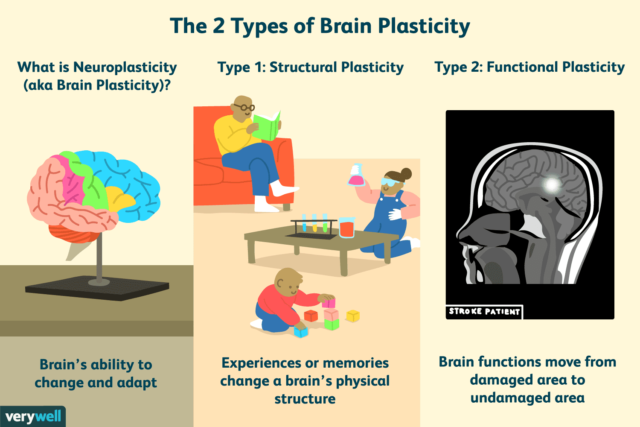Neuroplasticity and Cognitive Enhancement: How Technology Can Improve Brain Function

Course Content
Introduction to Neuroplasticity and Cognitive Enhancement
-
Explanation of neuroplasticity and its importance in cognitive enhancement
00:00 -
Brief history of research on neuroplasticity
00:00 -
Overview of how technology can be used for cognitive enhancement
00:00